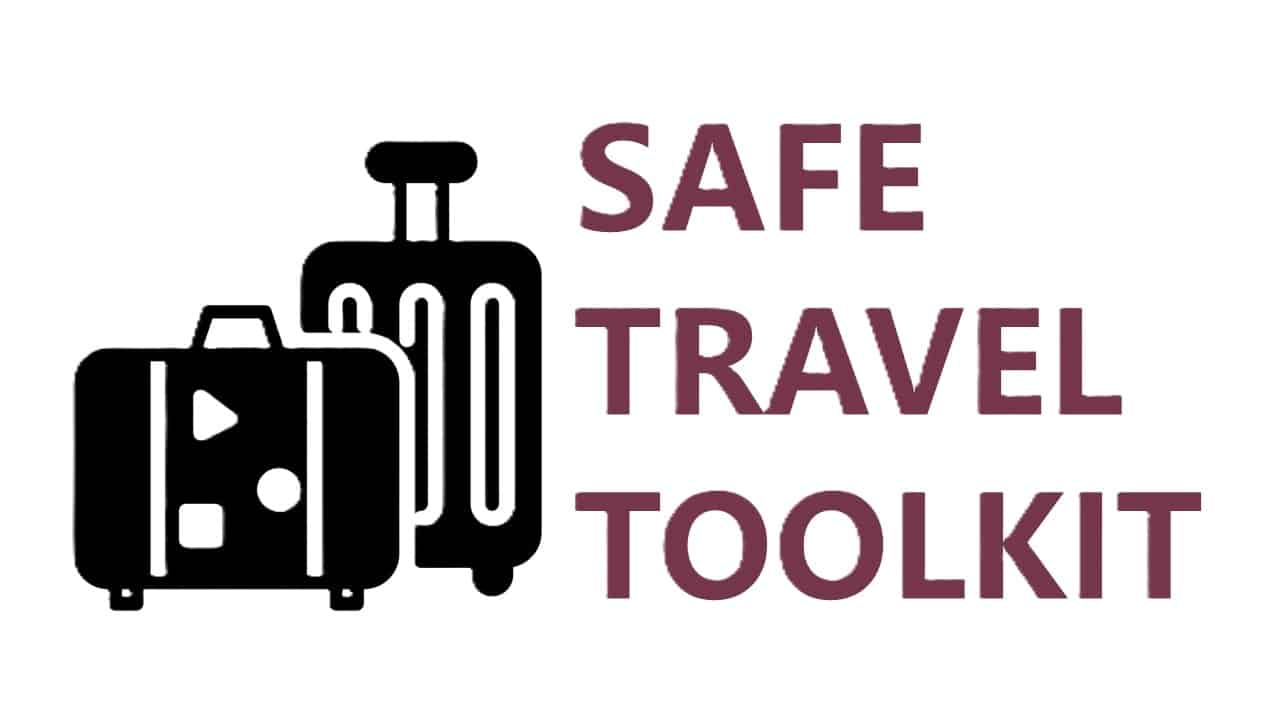Dealing with Travel-Related Assaults and Violence, a true story : In a bustling foreign city, Mark, a solo traveler, found himself in the wrong place at the wrong time. While exploring the vibrant streets, a heated argument between locals escalated into a violent confrontation. Mark, caught in the middle, felt a rush of panic as the situation turned chaotic. Remembering his instincts, he quickly moved towards a well-lit area and sought refuge in a nearby store. The tense moments seemed endless, but his ability to react calmly and find safety ultimately spared him from the escalating violence.
Dealing with Travel-Related Assaults and Violence – Handling Assaults and Violence While Traveling
Traveling can be an incredible experience, but occasionally, tourists may find themselves in challenging situations involving assaults or violence. Here are practical tips on how to react effectively and escape difficult scenarios, illustrated with concrete examples:
1. Avoid Confrontations:
- Example: If someone becomes verbally aggressive in a bar, do not engage in provocation, maintain a calm demeanor, and seek an opportunity to discreetly exit the establishment.
2. Ensure Your Safety:
- Example: If you feel physically threatened in a poorly lit street, calmly head towards a well-lit area, a populated place, or even a nearby police station.
3. Stay in Groups:
- Example: During a mountain hike, avoid venturing alone into sparsely populated areas, especially at night. Stick with your travel companions for safety.
4. Use Safety Apps:
- Example: Install an app that allows you to send discreet alerts to your contacts or authorities in case of emergency, such as “SOS Travel” or “TravelSafe.”
5. Memorize Emergency Numbers:
- Example: When traveling in the United States, commit the emergency number 911 to memory. It’s crucial for swiftly contacting the police or emergency services.
6. Report the Incident to Authorities:
- Example: If you witness or become a victim of an assault in a public park, immediately contact the local police or security personnel to report the incident.
7. Keep Evidence:
- Example: In cases of verbal harassment, discreetly record the conversation on your phone to preserve proof of the incident. This can be useful for legal purposes.
8. Stay Calm:
- Example: If an individual becomes aggressive due to a misunderstanding, remain calm and composed. Clearly and respectfully explain the situation to de-escalate tensions.
9. Do Not Share Personal Information:
- Example: If someone harasses you for personal information, firmly decline and avoid divulging any details. Protect your privacy.
10. Avoid Risky Areas:
– Example: Thoroughly research your destination and be aware of dangerous neighborhoods. Plan your itinerary to minimize exposure to such areas, especially at night.
11. Seek Support:
– Example: In the event of verbal harassment at your hotel, promptly report the incident to the hotel staff, who can assist you, provide guidance, and, if necessary, contact the authorities.
12. Stay Informed:
– Example: Before visiting a country, check government travel advisories and stay updated on local news and security information. Knowledge is a valuable tool for staying safe.
Risks Mapping and dangers on vacation, far from home
- Managing Travel-Related Aggression and Agitation
- Coping with Travel-Linked Attacks and Hostility
- Dealing with Violent Incidents During Travel
- Responding to Assaults and Violence While Away
- Navigating Physical Confrontations While Traveling
- Travel Safety in the Face of Aggression
- Reacting to Violent Encounters on the Road
- Managing Hostile Situations During Travel
- Safeguarding Against Travel-Related Assaults
- Protecting Yourself from Violence on Your Journey
Remember, your safety should always be a top priority while traveling. By following these practical tips and knowing how to escape challenging situations, you’ll be better prepared to navigate incidents involving assaults or violence, all while prioritizing your well-being.








